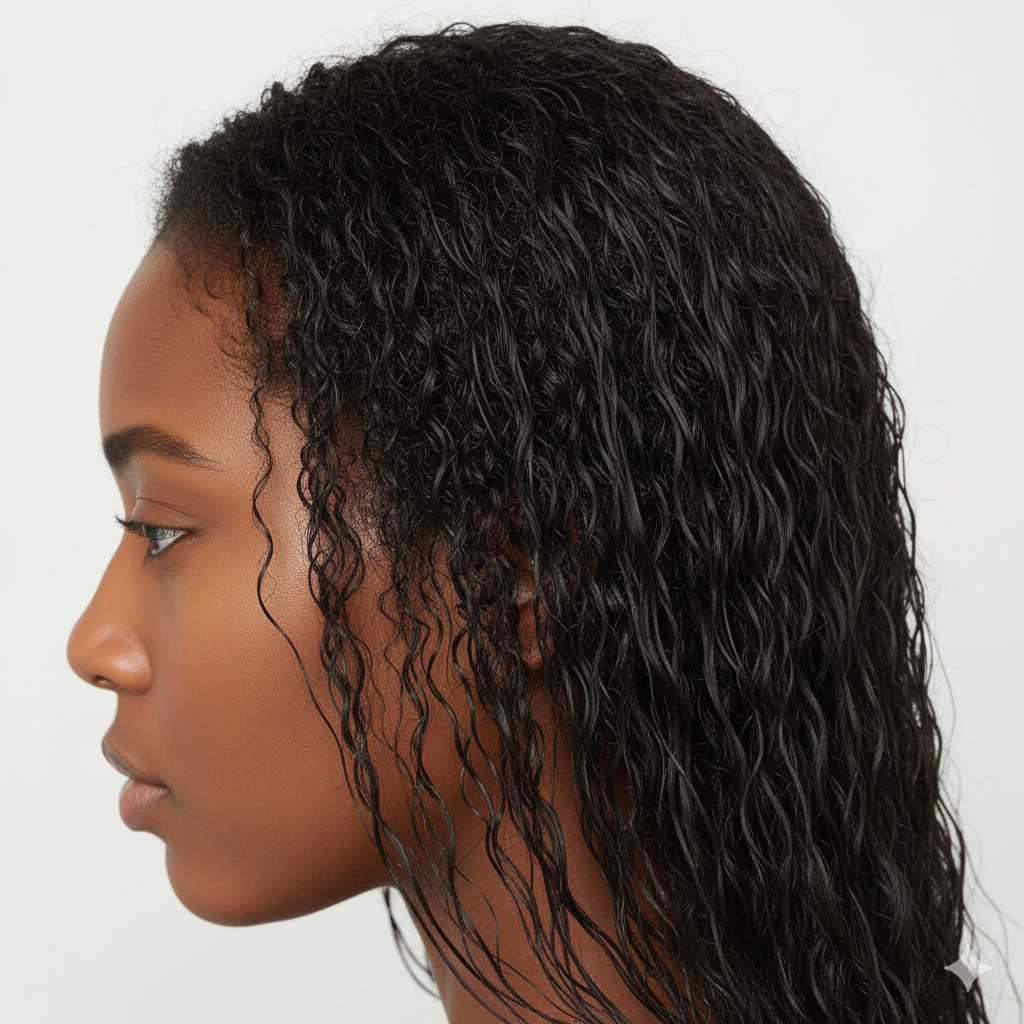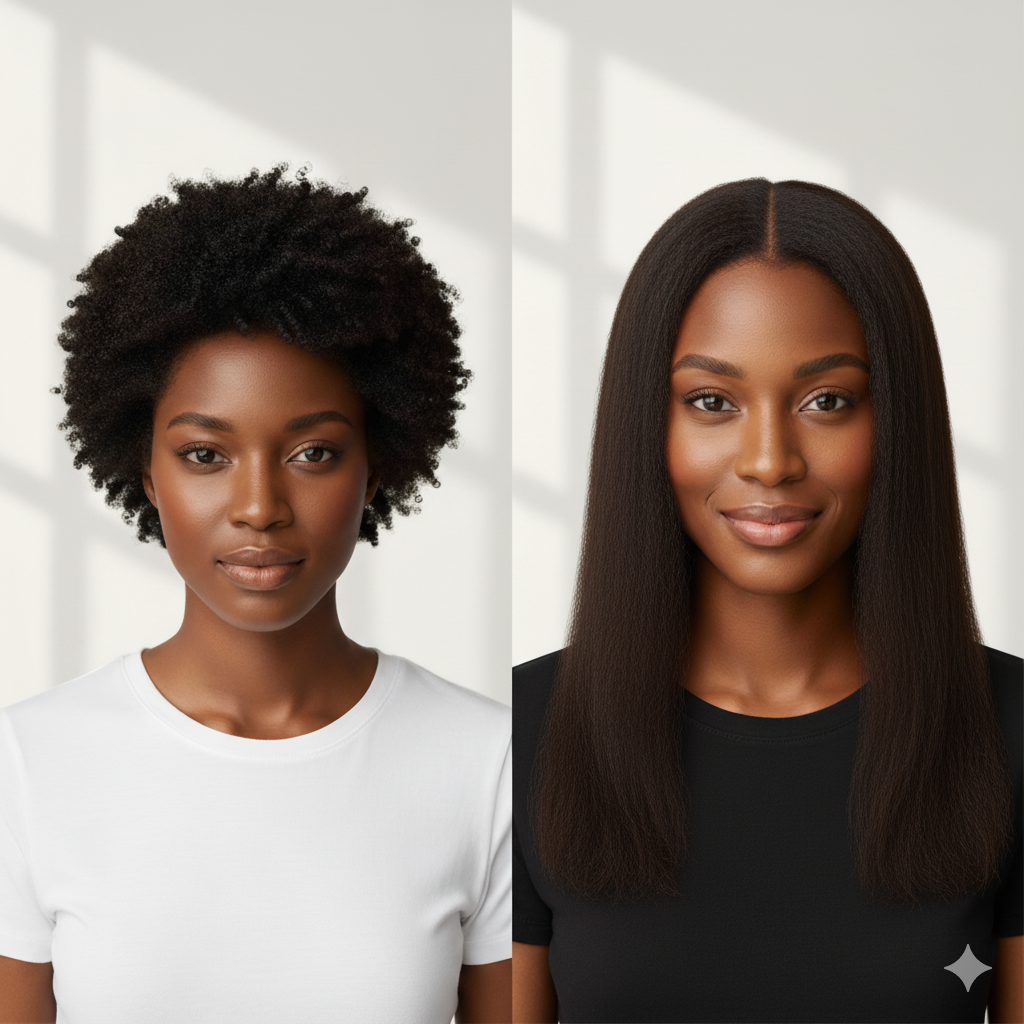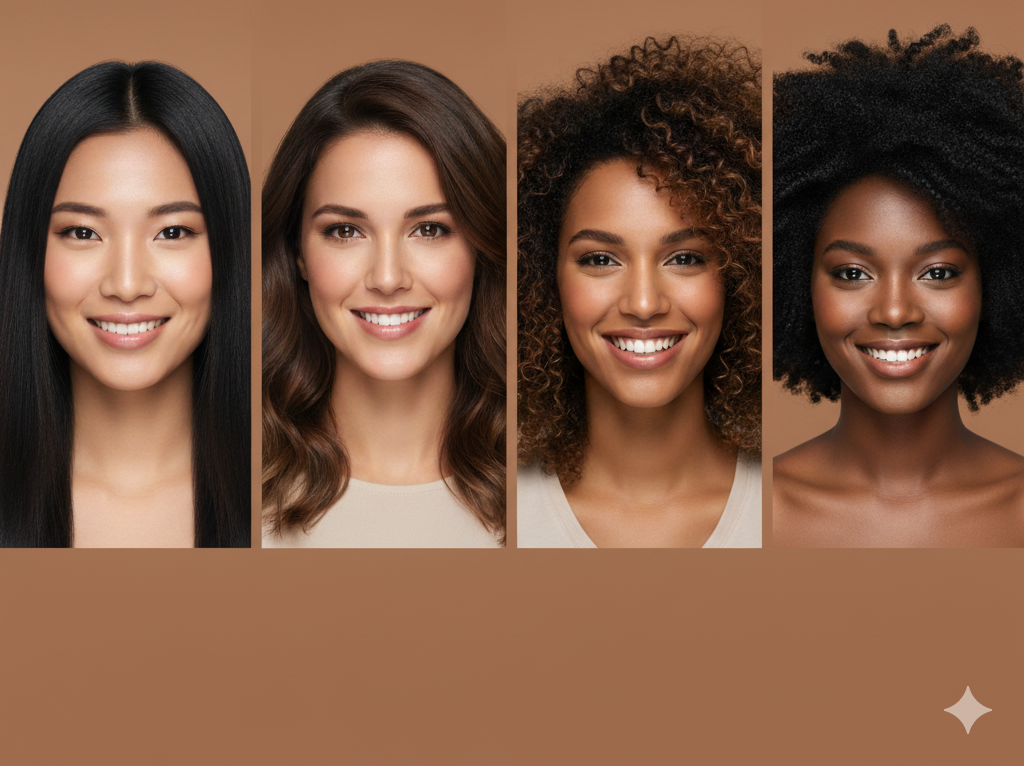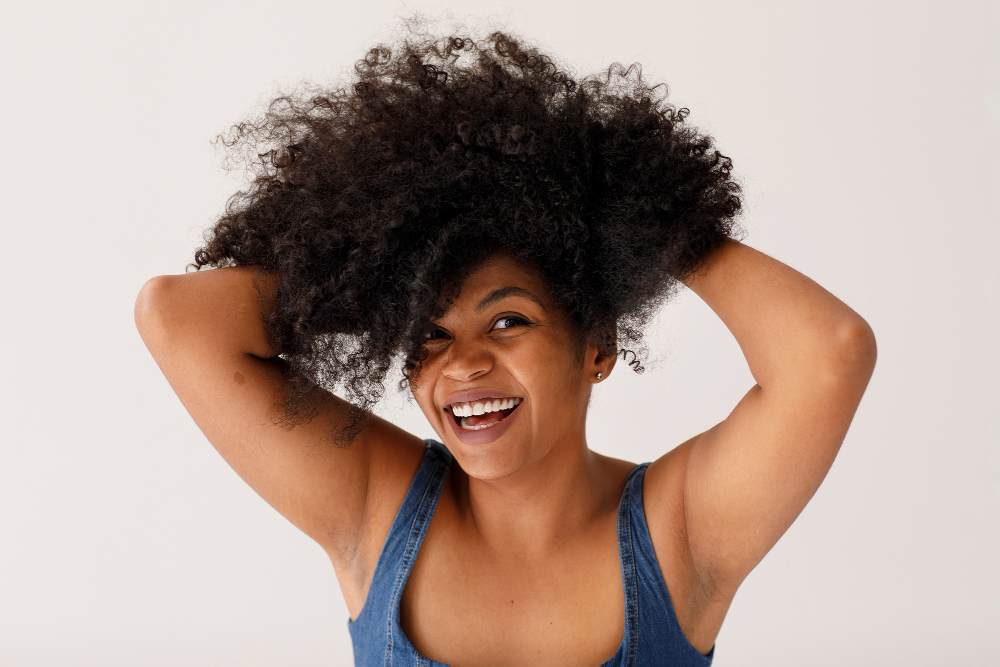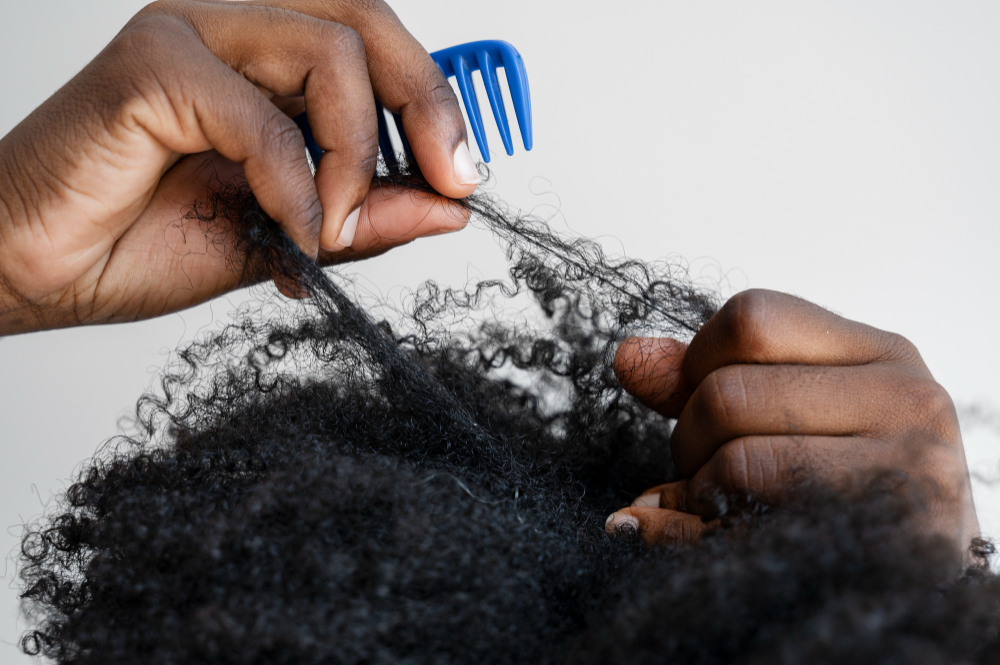Trending Article · 10 mins read
Selecting Natural Hair Products: All You Need to Know

Selecting natural hair products is often a problem for most naturals new to the space.
Have you been so confused with the ton of product choices you seem to have? Or just worried if that “magic hair growth oil” is worth buying?
This article breaks down all you need to know about selecting natural hair products. Let's begin with why products are important.
The Importance of Selecting Natural Hair Products Properly
When you select good natural hair products, they give your hair the right nourishment and stimulation it needs to foster hair growth.
Your hair is as good as what you feed it. To a large extent, your haircare is a “garbage in, garbage out” process. This means what you feed your hair determines how it looks.
So, how do you know what products are “good”?
6 Tips for Selecting Good Natural Hair Products
1. Get to know your hair
Building a great relationship with your hair is crucial. Your hair speaks to you, without words, of course. But, if you know your hair well, you can recognise when it needs certain things or dislikes others.
Take time to study your hair, understand its properties, and learn how it behaves. For example, are your hair strands fine? Do you have coily or curly hair? Does your hair break more since you tried out that new product?
Pay attention to your hair; selecting natural hair products that work for your hair is largely dependent on how well you understand it.
2. Set your hair goals
This makes your expectations realistic and ideally streamlines the products you purchase to strictly what will help you reach your goals.
So, if you have type 4 hair, looking for a product that'll make your curls looser or give you bone straight hair permanently might be unreasonable or unrealistic.
3. Always read the ingredient list and labels
The best way to determine what you can expect from a product is to read the information provided by the manufacturer. The ingredient list should clearly indicate what a product contains, not just in chemical terms but in everyday language. While selecting natural hair products, if you pick a product off the shelf that has vague ingredients, or no ingredient list, RUN!
A good product should be transparent with its ingredient list. Plus, it’s actually demanded by the authorities.
Additionally, when reading the ingredient list, note that the first ingredient has the highest amount in the formula (water is usually the first ingredient in most products), while the last ingredient has the least amount. While reading the list, you can also tell if it contains ingredients you're allergic to.
Another reason reading the label is important is that it explains the products function. Usually, products meant for repair or reconstruction might contain words like “strengthening”, “protein”, “keratin”, and the like.
Now, let's imagine a scenario.
A natural girlie, Anita, has the goal of infusing more moisture to her hair, so she needs a moisturizing product.
But she rushes to the store, picks a product with the words “strengthening”, and fails to look at the ingredient list. She gets home, has a bad experience with the product and automatically concludes the product is a bad one.
Now, this doesn't happen every time, and some products that strengthen can also moisturise, but do you see it's actually easy to get a bad experience based on just a simple act as not reading labels. Please, ladies, do your due diligence when selecting natural hair products.
4. Don't be a product junkie
A lot of natural girlies are guilty. Constantly trying every new product on the shelf, just because it claims to deliver results. This will get you nowhere but to the doorstep of more frustration. Once you know what works for your hair, it's best to stick with it.
Switching from product A to B every month will not only increase your difficulty in knowing what works for your hair, but it'll also stress your hair out.
We know some hair strands are quite resilient, so they don't seem to be affected by constant product change, but over time, the damage becomes evident.
If you can, we recommend one hundred per cent sticking with what works and not using too many products.
Tip: To know if a product has any effect on your hair, give it at least 1- 6months. As long as there are no adverse effects on your scalp or other parts of your body.
5. Don't be gullible
In recent times, more ladies are confidently rocking their natural crowns. For some ladies, they've also noticed some insecurities connected to their hair- maybe balding, receding edges, thinning strands, amongst others.
Some manufacturers prey on these insecurities and promise “magic potions” to long, healthy hair in ridiculously short periods of time. Unfortunately, some naturals have fallen prey, and they get disappointed when they don't see quick results.
Girlies, you need to understand that hair growth takes time. Depending on the extent of damage (if this is the case), it might take even longer to see results and changes.
So, don't allow anyone to prey on your insecurities and waste not just your money but precious time.
6. Good products don’t have to break the bank
The cost of products may be a reason some people shy away from taking care of their natural hair.
Must good products be expensive? No. When selecting natural hair products, you don't have to empty your account. There are affordable, good products in your locality; you just have to carefully source them. And if you can't, you can whisk up good DIY masks or products from your kitchen staples.
If you can afford an expensive product, feel free to buy it, but keep in mind that good practice plus good products equals great hair results.
Wrapping up
So there you have it. Everything about selecting products for natural hair and the best practices. Remember that even if you use the best products with the worst practice, you still won't achieve your hair goal.
Keep a balance of product and practice, and make the two work for the growth of your hair.
Feature image credit: Photo by Shalom Ejiofor on Unsplash


